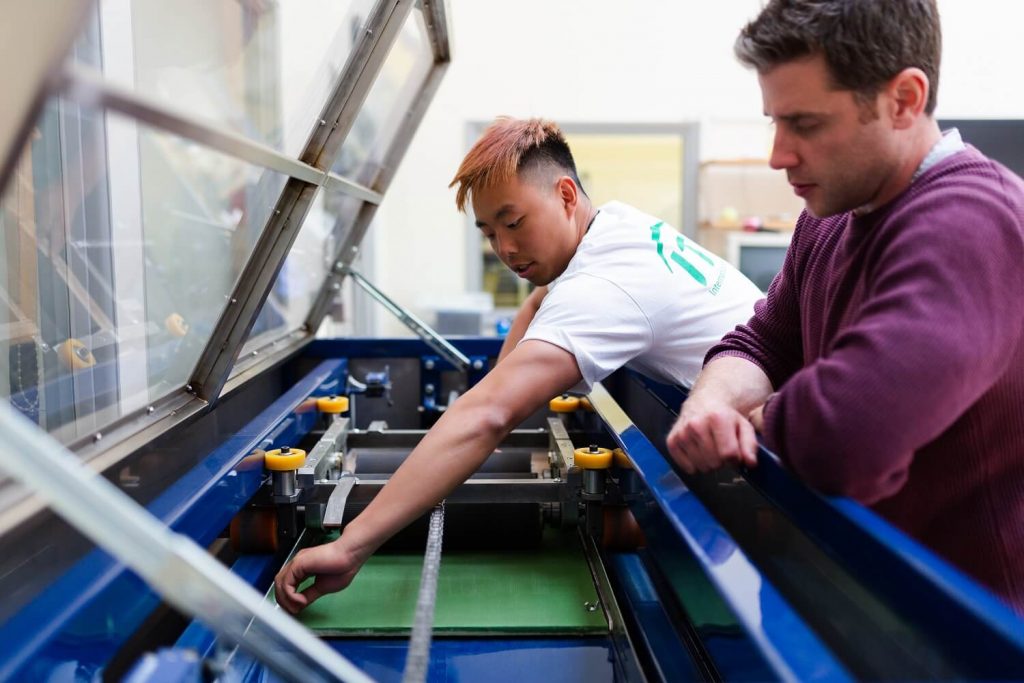Measuring instruments must be set right and have clear work instructions. Each employee using the measuring instrument should know exactly what its purpose is, how to use it and how to leave it after done measuring. If your company has a laboratory or a production site, chances are you’ll run into some of such instruments. From micrometers to microscopes, scales, and electroscopes, they help the business run smoothly by assuring the accuracy of the products. You don’t want your measurements to be done wrong as this could lead to faults in production and unsatisfied buyers. Today, we’ll focus on what measuring instruments are and what the work instructions for them should look like.

What are measuring instruments?
Measuring instruments are devices, used for measuring certain physical quantities, such as length, weight, temperature, pressure, voltage, etc. With their help, we indicate the value of these quantities, form up an understanding and take actions based on what we have just found out.
There are two main types of measuring instruments: analog and digital. Analog instruments indicate the value via a pointer movement. One must train how to read the scales to be able to use them. Human error is a big issue with these, as the values are usually indicated in the whole numbers. If you want to measure decimals, you’re more likely to make a mistake.
Digital measuring instruments, on the other hand, indicate the values in digital format; so in numbers. Everyone can read and understand them without prior knowledge or training. Readings are given in one or more decimals. There is no human error involved, which makes them more accurate than analog measuring instruments.
ISO compliance
In our previous post, we’ve talked about what ISO compliant work instructions are. As you may have guessed, yes, work instructions for measuring instruments can also follow ISO standards. ISO specifies a special clause for the Monitoring and Measuring Resources. The clause refers to making sure that all equipment is valid, up to date, and properly working. All measurements that are taken must be accurate and recorded for monitoring purposes. If you want to know more about ISO standards for measuring resources, make sure to check their guide here.
What do work instructions for measuring instruments include?
A work instruction for measuring instruments typically starts with a brief description of the instrument and its purpose. It then further specifies the technical calibration conditions. Calibration conditions might include information about the environment the instrument should be in, how the instrument is supposed to be set up and how to accurately perform the measurement. Setting up the instrument includes cleaning it and calibrating it to zero setting. The last parts outline the treatment of results and possible information on periodic measurements or auditing.
The work instruction content for measuring instruments would look something like this:
- Description and purpose of the measuring instrument
- Technical specifications
- environment
- setting up the instrument
- measurement procedure
- Interpretation of the results
Do not forget to include information about how to leave the instrument after usage. The person after you will expect a clean and properly left tool, calibrated back to zero setting, so he/she doesn’t spend extra minutes doing what is supposed to be your work. To sum up, you need to think about three main things when preparing work instructions for measuring instruments: how to prepare the instrument, how to use it and what to do with it after you’re done measuring. For a better visual on how such work instructions should look like, have a look at an example.
